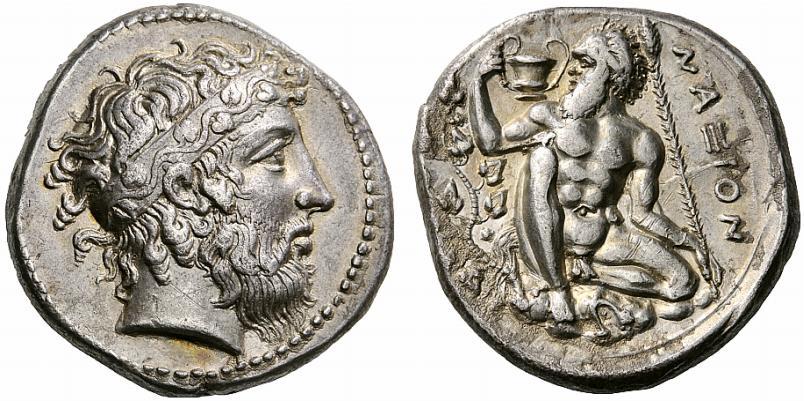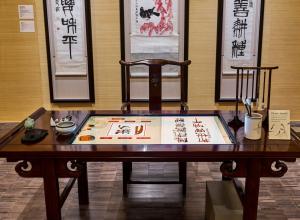One of the most valuable items presented for return was a Naxos silver coin from the 4th century. The artifact, which features the face of Dionysius, was looted from an excavation site in Sicily, before appearing in the United Kingdom for $500,000 in 2013. This silver coin was located in New York last year, associated with another investigation into a known British coin dealer.
Another impressive find was a mosaic floor depicting Orpheus playing the lyre from the mid-3rd century. The piece had been stolen from an excavation site in Sicily during the 1990s and was confiscated from the private collection of a New York collector.





























